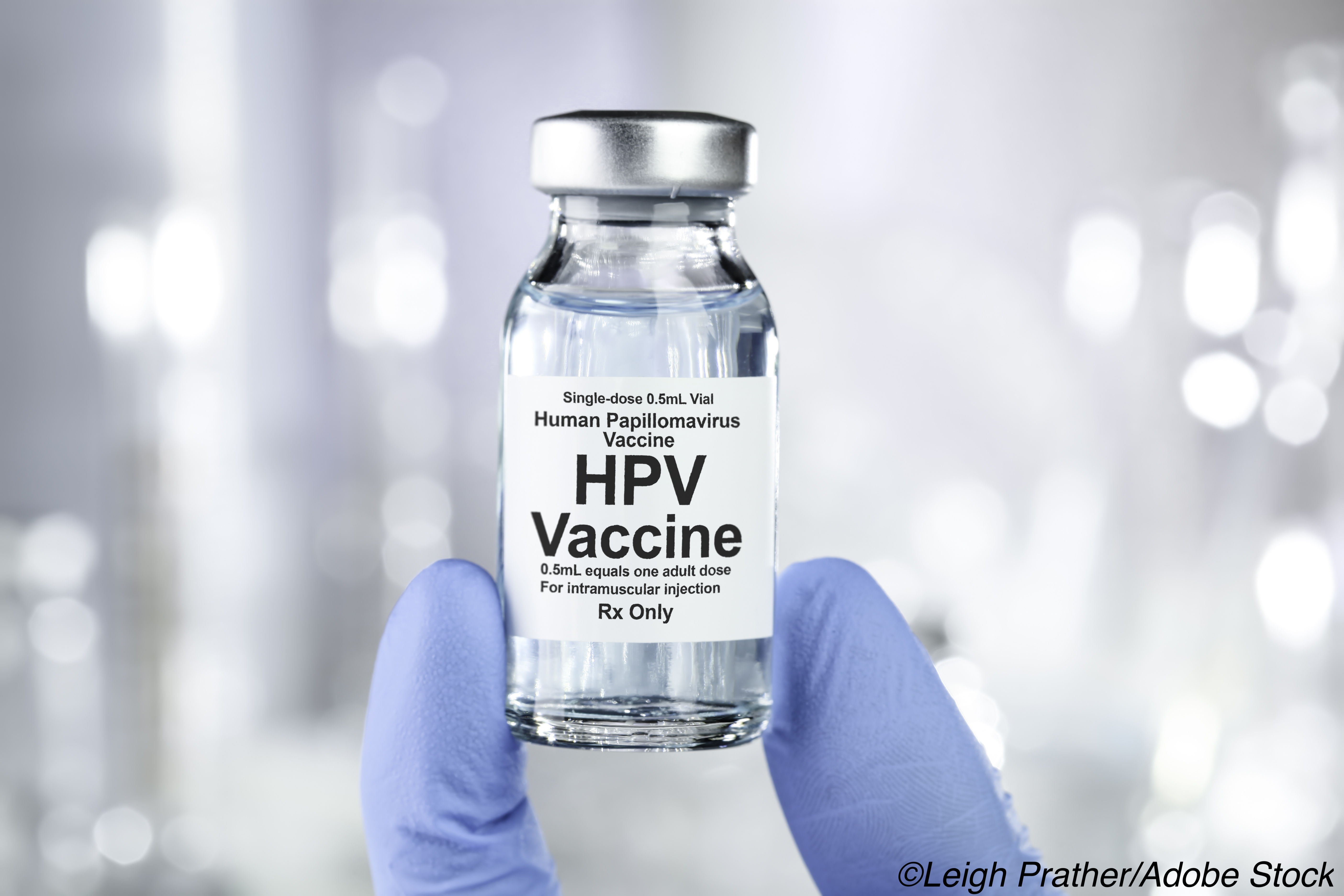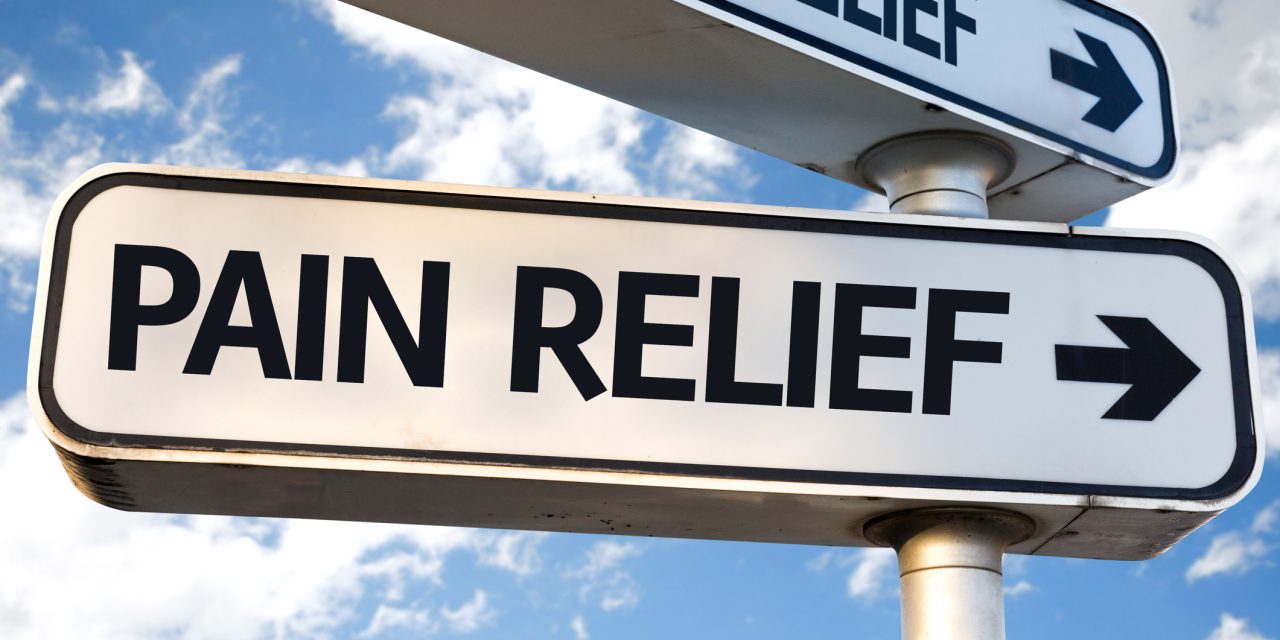
While human papillomavirus (HPV) vaccine uptake among adolescents has been trending upward over the last several years, it remains below the Healthy People 2020 goal for 2-dose HPV vaccination coverage.
In addition, researchers found that vaccination coverage varies widely by state and that coverage across states correlates with state-level vaccination policies, according to Szu-Ta Chen, MD, PhD, MPH, Department of Epidemiology, Harvard T.H. Chan School of Public Health, Harvard University, Boston, Massachusetts, and colleagues, whose analysis was published in Pediatrics.
The FDA approved HPV vaccines for girls and boys in 2006 and 2009, respectively and, according to Chen and colleagues, models of vaccination effectiveness suggest vaccination coverage of 80% is necessary to eliminate vaccine-specific HPV types. Therefore, the Healthy People 2020 goal for at least 2-dose HPV vaccination coverage was set at 80% by 15 years of age. While surveys and registry studies suggest that vaccination is lagging, there is a dearth of nationwide population-based data on HPV vaccination.
Here, Chen and colleagues conducted a cohort study using the IBM MarketScan health care commercial insurance claims database, which contained data on 192 million persons between January 2003 and December 2017.
Children were followed from ages 9 until either HPV vaccination, insurance disenrollment, or the end of the year when they turned 17, depending on which came first. The authors estimated the cumulative incidence of at least 1- and 2-dose HPV vaccination, stratified by birth year, sex, and state. They also evaluated the association between state-level vaccination policies and HPV vaccination coverage.
The authors found that of the 7,837,480 children included in the study, the proportion of 15-year-old girls and boys with at least a 1-dose HPV vaccination increased from 38% and 5% in 2011 to 57% and 51% in 2017, respectively. The proportion who received at least a 2-dose HPV vaccination increased from 30% and 2% in 2011 to 46% and 39% in 2017, respectively.
Significantly, while boys started with much lower 2-dose HPV vaccination coverage than girls in 2011 (2.2% versus 34.4% at age 17), coverage increased 3 times faster in boys than in girls, meaning that the difference decreased from 32.2% in 2011 to 9.9% in 2017.
Furthermore, Chen and colleagues determined that the rates of vaccination varied substantially across states with Washington, D,C, (80%); North Dakota (68%); and Rhode Island (67%) for girls and Rhode Island (66%), North Dakota (63%), and South Dakota (52%) for boys, having the higher rates of vaccination coverage. On the other end of the scale, the vaccination rate for boys was just 15% in Mississippi.
The study authors found that states with more HPV vaccine interventions tended to have higher vaccination rates, with vaccination education legislation having a particularly strong association with higher coverage.
The authors projected that HPV vaccine coverage (with at least 1 and 2 doses) for girls and boys born in 2005 will approach 70% (1 dose) and 45% (2 doses) by age 15 in 2020 and 80% (1 dose) and 55% (2 doses) by age 17 in 2022, which means that most states will not achieve the Healthy People 2020 goal of 80% coverage with at least 2 HPV vaccine doses by 2020.
In a commentary accompanying the study, Amanda F. Dempsey, MD, PhD, MPH, University of Colorado Denver, wrote that the population-based database used in the study included data from more than 800,000 children continuously enrolled in commercial insurance plans from ages 9 to 17. “It is from these longitudinal analyses that 2 unique insights arise,” Dempsey wrote.
First, that data showed that with each subsequent year, similar vaccination levels were achieved more quickly. “So, although we still have not reached national target levels of 80% coverage by age 15 among any birth cohort, we are getting faster at reaching the levels we can currently achieve,” she wrote.
Second, the use of trends in vaccination over time allowed Chen and colleagues to model future projects of coverage. “Using this approach, the authors estimate that by the year 2022, the 2012 birth cohort will have reached 80% coverage for the first dose in the HPV vaccine series,” Dempsey wrote. “This would correspond to when this birth cohort is 17 years old. Given that at this age, most individuals will not have been exposed to most concerning disease- causing HPV types, achieving 80% vaccine coverage would be a major public health victory.”
-
HPV vaccine uptake among adolescents is increasing but still lags behind the goals of Healthy People 2020.
-
HPV vaccination coverage varies across states and reflect various state-wide vaccination policies and interventions.
Michael Bassett, Contributing Writer, BreakingMED™
None of the authors cited in this article declared any relevant relationships.
Cat ID: 44
Topic ID: 85,44,730,190,191,44,561,925


